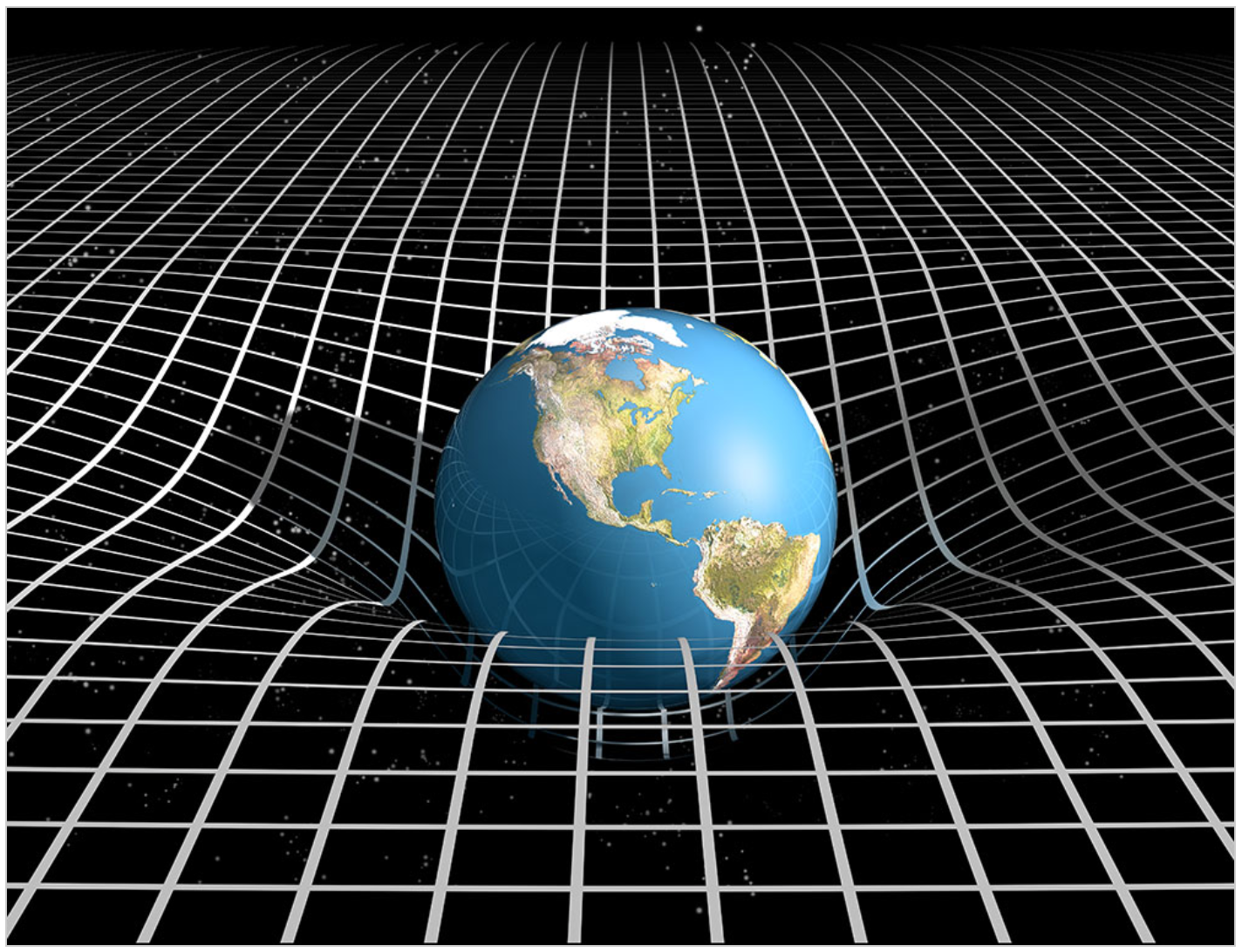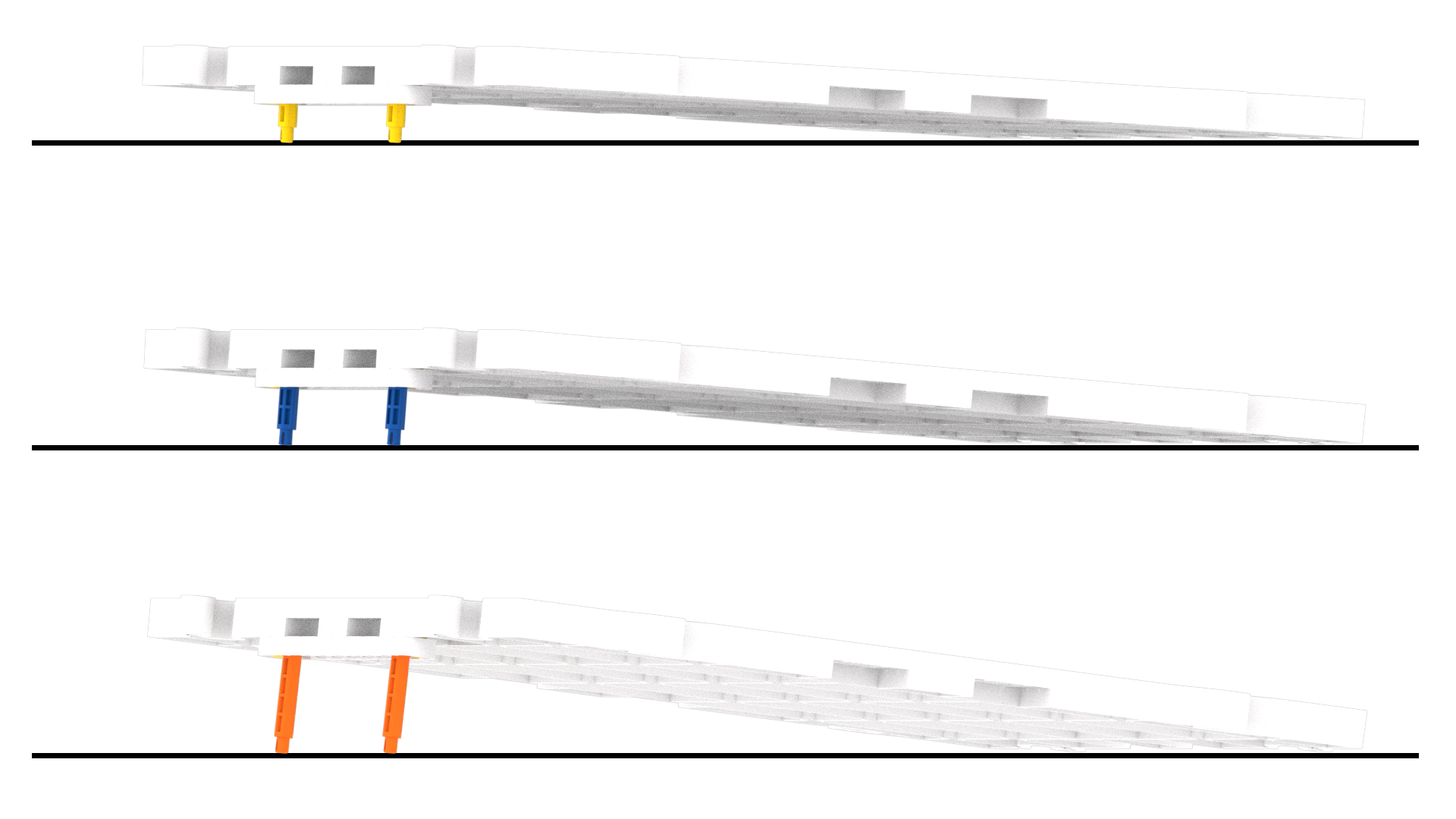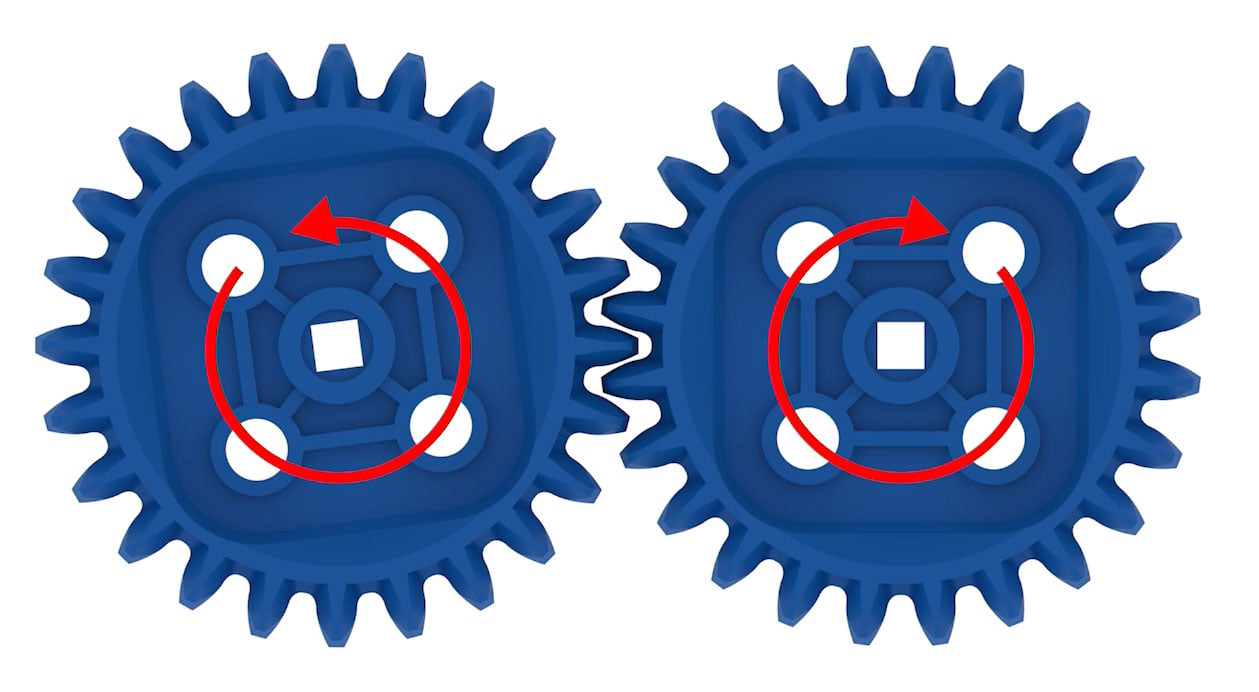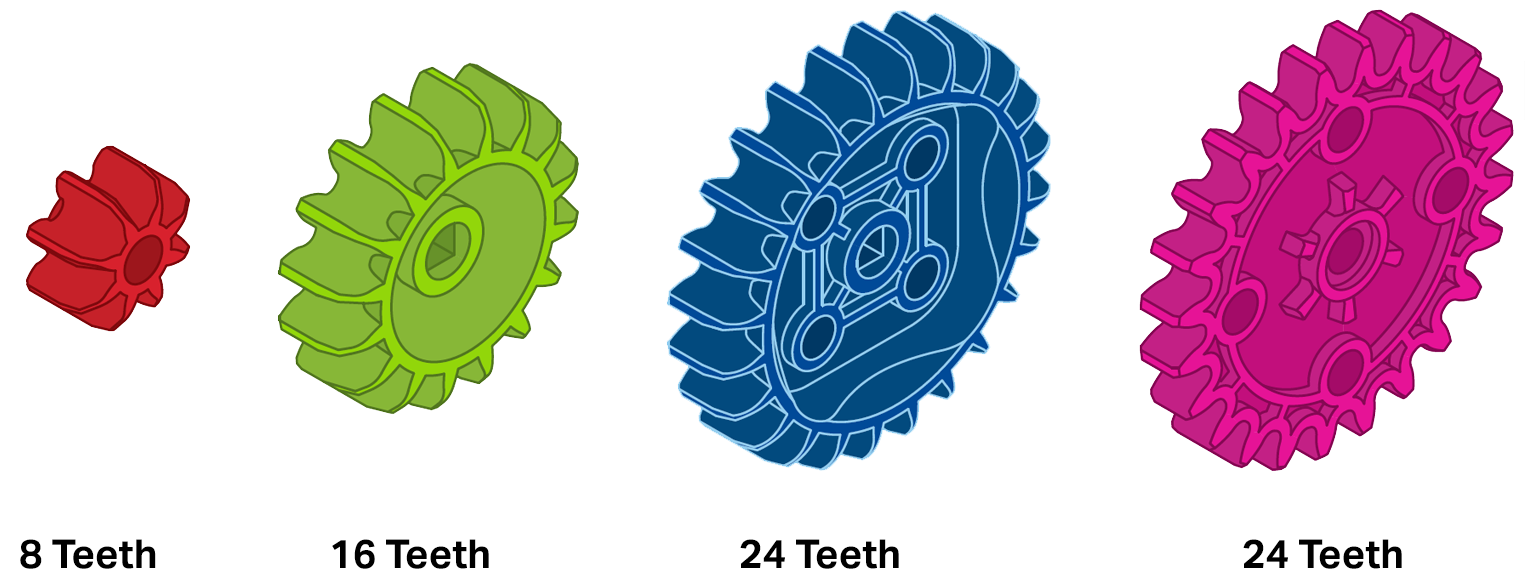Background
In this Physical Science Unit, students will explore how objects move and also investigate the forces acting on them. Motion and Force are key concepts in Physical Science. All things in the universe are constantly in motion and affected by balanced and unbalanced forces, such as gravity.
An unbalanced force acting on an object changes its speed and/or direction of motion. If forces are balanced, the object will be still. If the forces acting on the object are imbalanced, it will move. In this Unit, students will experiment with balanced and unbalanced forces on the Super Car.
What is Force?
Force is a push or pull on an object. When force is applied to an object, and that force is also unopposed, it will change the motion of an object. There are balanced as well as unbalanced forces. Forces that are equal but opposite in directions are called balanced forces. Balanced forces do not cause an object to move.
An example of a balanced force would be two groups of people playing tug of war with the same amount of force. This would cause the rope to stay in place, since the opposing forces being exerted on both sides is equivalent. However, forces that are unbalanced will cause an object or objects to move.
If both sides are being pulled with the same amount of force, the rope does not move and neither do the people pulling. However, if the pulling force is greater on one side, it will cause the rope to move as well as the people on the other side.
Gravity or gravitational forces are forces of attraction. On Earth, gravity is the force the Earth is exerting on us, pulling on us and keeping us on the ground. This force determines what we weigh, the height of a fly ball, or any other physical force on the planet.

In this Unit, students will experiment with balanced and unbalanced gravitational force by placing their Unpowered Super Car on top of a ramp.

During Lab 5, students will be introduced to velocity through the use of VEXcode GO to change the velocity settings of the Code Super Car. Velocity is a measure of how fast and the direction an object is moving. If students reduce the velocity of the Code Super Car, it will reduce the amount of force the Code Super Car has. Balanced forces will make the velocity of the Code Super Car remain constant. An unbalanced force would cause the Code Super Car to accelerate or to decelerate.
What is Motion?
Motion is movement. This movement can be analyzed by observing and measuring how far an object travels, how fast it moves, and the direction that it moves. More precisely, movement can be described using Newton’s three laws.
Newton’s First Law of Motion
Newton’s First Law of Motion: states that an object at rest stays at rest and an object in motion stays in motion, unless acted upon by an unbalanced or external force.
When objects are at rest, it is easier for students to understand why they are at rest. However, when objects are moving and then either slow down gradually, or suddenly stop due to some forces such as friction or gravity, these concepts are oftentimes unable to be easily seen. Thus, they are harder to conceptualize. Objects at rest are often due to forces being balanced on that object. When an object is moving, it will continue to move until some unbalanced or external force acts on it. For example, if you roll a ball down a hill, it will continue to roll until it hits something or levels off on a flat surface and slows down due to friction and/or gravity.
Newton’s Second Law of Motion
Newton’s Second Law of Motion: states that the acceleration of an object depends on the mass of an object and the force acting upon it. The law defines a force to be equal to mass times acceleration. (i.e. F = m*a).
The greater the force that is applied to an object the more affected the object becomes. There are a lot of conditions to consider. For example, how heavy or large is the object? The heavier or larger the object, the more force that will be required to move it.
Newton’s Third Law of Motion
Newton’s Third Law of Motion: states that for every action, there is an equal and opposite reaction. In other words, if object 1 exerts a force on object 2, then object 2 also exerts an equal force on object 1.
Think about sitting down in a chair. The force of you sitting down has to be opposed by a force exerting upward otherwise the chair would collapse. In terms of balanced and unbalanced forces, when forces are balanced, an object does not move and is stationary. For example, think about you pushing your arm against the wall. The force of your arm is balanced with the force exerted by the wall in order to remain at a standstill. Forces can also be unbalanced. When forces are unbalanced, objects move. This is due to one force being greater than another.
What are Gears?
Gears are wheels with teeth around the edges used to Gears are wheels with teeth around the edges used to transfer force from one position to another. This can be done with gears of the same size to transfer the same force or by using gears of varying sizes to create a speed or power advantage as the force is transferred.
There are two types of mechanical advantages gears can create. A Mechanical Advantage is when you need less force to do the same amount of work because a simple machine (in this case: gears) is used to increase and change the direction of applied force. A Mechanical advantage can be adjusted to meet specific needs. When two gears of the same size are meshed together, it creates a 1-1 ratio transfer of power. Two other types of mechanical advantage are speed and torque.

In relation to how gears move, there is a driving gear and a driven gear. A driving gear is the gear relaying or transmitting power to another gear. A driven gear is the gear being propelled forward by another gear.
Torque is a mechanical advantage that makes the output of a driven gear or machine more powerful. Torque is created when a smaller gear is driving a larger gear. It takes the smaller gear more rotations to turn the large gear one full rotation. Watch the animation below to see a small gear turning a larger gear.
Speed is the distance an object moves over time and is a mechanical advantage that makes the output of the driven gear or machine faster. This advantage is created when a larger gear is driving a smaller gear. Watch the animation below to see a large gear turning a smaller gear.
Speed is inversely related to torque. If the speed is desired in the output, then torque must be decreased. The inverse is also true, if more torque or power is desired as the output, then speed will decrease.
The VEX GO Kit has four types of gears: the Red Gear has 8 teeth, the Green Gear has 16 teeth, the Blue Gear has 24 teeth, and the Pink Gear has 24 teeth. The Red, Green, and Blue Gears can transfer speed and torque. The Pink Gear does not have a square hole in the center and is an "idler" gear. It is often used to transfer torque from one position to another, without changing the gear ratio.
